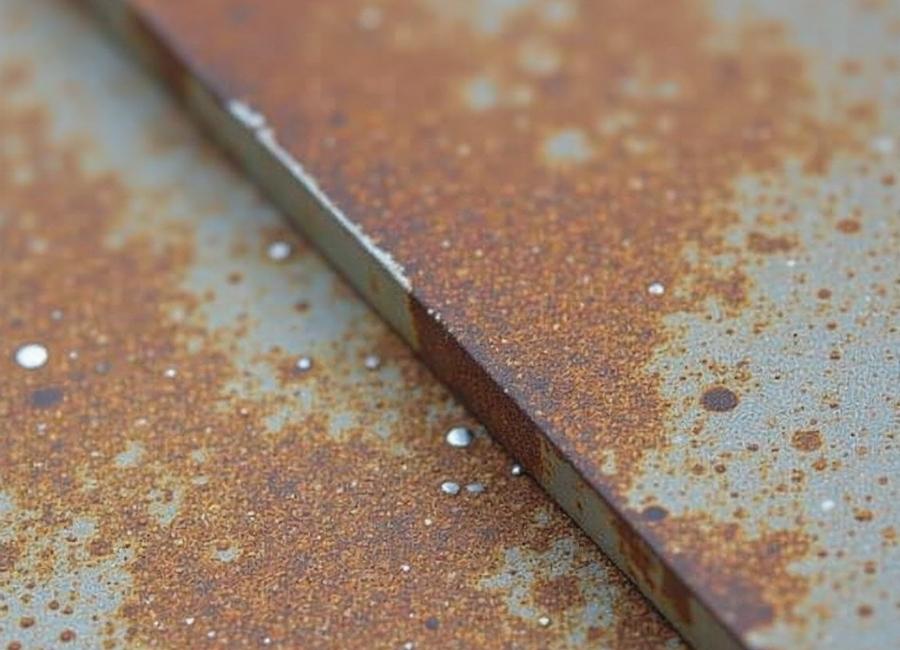If you own anything made of metal, you’ve probably dealt with rust. It can show up on garden tools, a beloved cast-iron pan, or outdoor furniture, making them look worn out. The upside is that most rust issues are easy to fix without spending a lot on professional services.
In this guide, you’ll find seven practical ways to remove rust from metal. You’ll see which methods work best for different metals, how to keep rust from returning, and when it makes sense to handle the job yourself or get expert help.
Understanding Rust: Why Metal Corrodes
Rust forms when iron or steel comes into contact with oxygen and moisture over time. This chemical reaction, called oxidation, creates iron oxide—the reddish-brown flakes we recognize as rust. While aluminum and stainless steel resist rust better than regular steel, they can still corrode under certain conditions.
The key to successful rust removal depends on the type of rust. The best way to remove rust is to catch it early. You can usually treat surface rust yourself, but if the rust has gone deep and damaged the metal, you might need to replace that part.
Method 1: White Vinegar for Light Rust
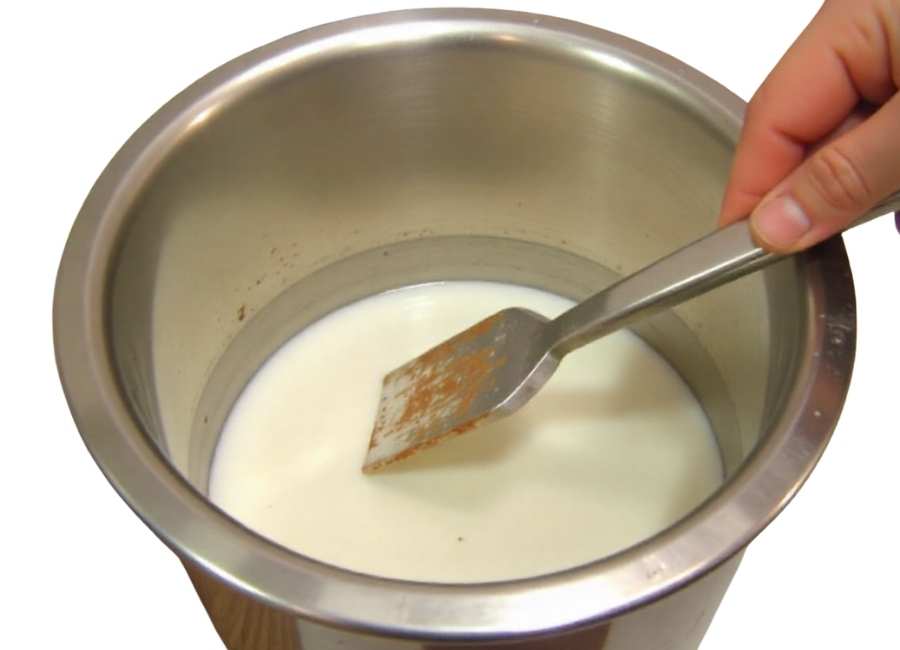
White vinegar contains acetic acid, which dissolves rust naturally. This method works exceptionally well for small items with light to moderate rust coverage.
What you’ll need:
- White vinegar
- Steel wool or abrasive pad
- Clean cloth
- Protective gloves
Steps:
- Submerge the rusty item in white vinegar for 2-4 hours.
- For larger items, soak a cloth in vinegar and apply it to rusty areas.
- Scrub with steel wool to remove loosened rust.
- Rinse thoroughly with water and dry completely.
- Apply a protective coating to prevent future rust.
This approach works particularly well for nuts, bolts, small tools, and jewelry. The mild acidity makes it safe for most metals without causing damage.
Method 2: Baking Soda Paste for Stubborn Spots
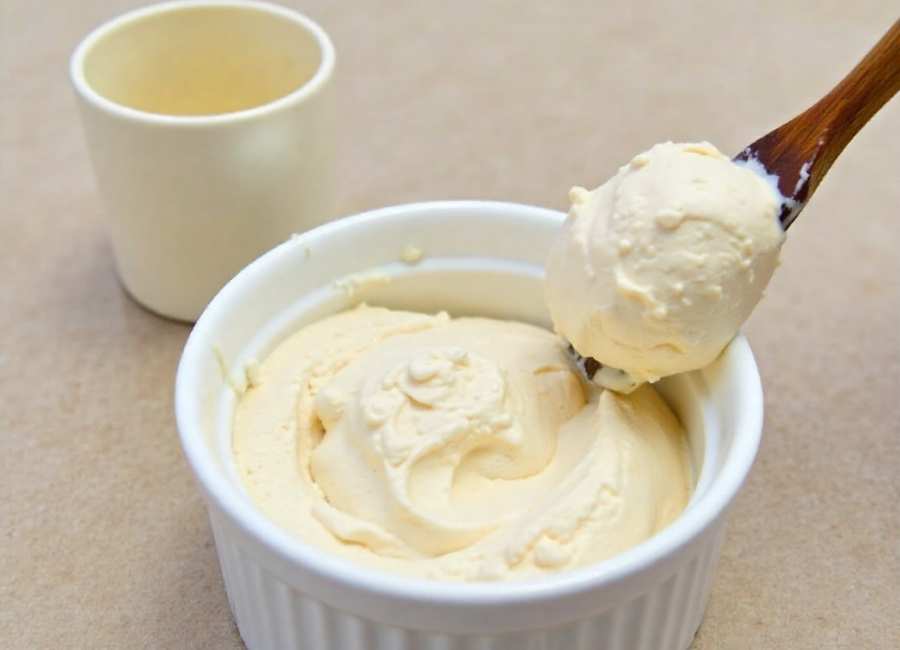
Baking soda creates a mildly abrasive paste that helps scrub away rust while neutralizing acids that contribute to corrosion. This method excels at treating localized rust spots.
What you’ll need:
- Baking soda
- Water
- Old toothbrush or scrub brush
- Clean cloth
Steps:
- Mix baking soda with water to form a thick paste.
- Apply the paste generously to rusty areas.
- Let it sit for 30 minutes to 2 hours, depending on rust severity.
- Scrub with a toothbrush in circular motions
- Rinse clean and dry thoroughly.
The gentle abrasive action makes this method ideal for delicate items or painted surfaces where you want to minimize damage to surrounding areas.
Method 3: Lemon Juice and Salt for Natural Power
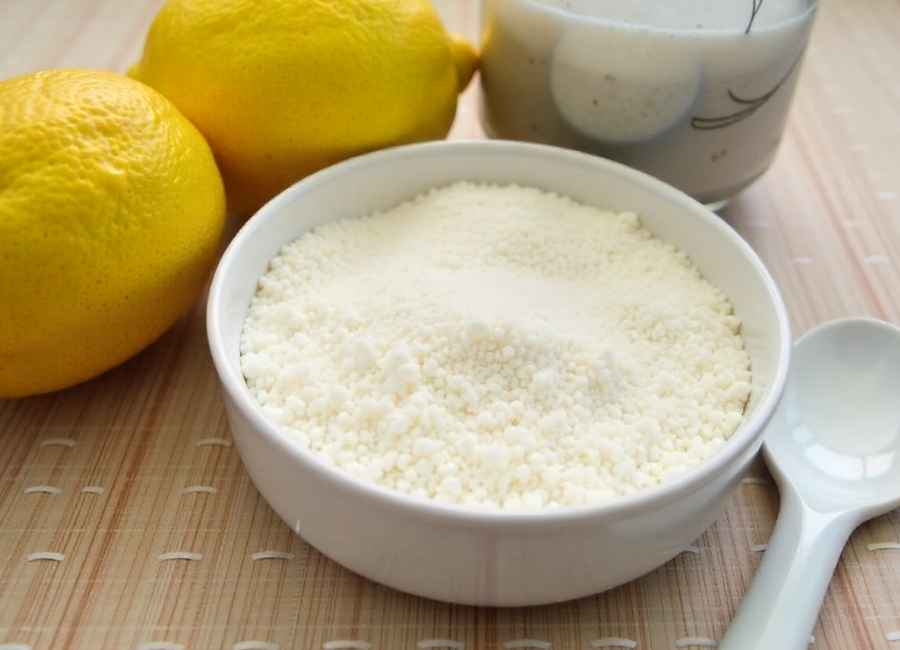
The combination of citric acid from lemon juice and the abrasive properties of salt creates an effective rust-fighting team. This natural approach works well for outdoor items and food-safe applications.
What you’ll need:
- Fresh lemon juice
- Coarse salt
- Steel wool or scrub pad
- Water for rinsing
Steps:
- Sprinkle coarse salt over the rusty surface.
- Squeeze fresh lemon juice over the salt.
- Let the mixture sit for 2-3 hours.
- Scrub with steel wool or an abrasive pad
- Rinse thoroughly and dry completely.
This method proves especially effective for cast-iron cookware and outdoor grills where you want to avoid harsh chemicals.
Method 4: Commercial Rust Removers for Heavy Duty Jobs
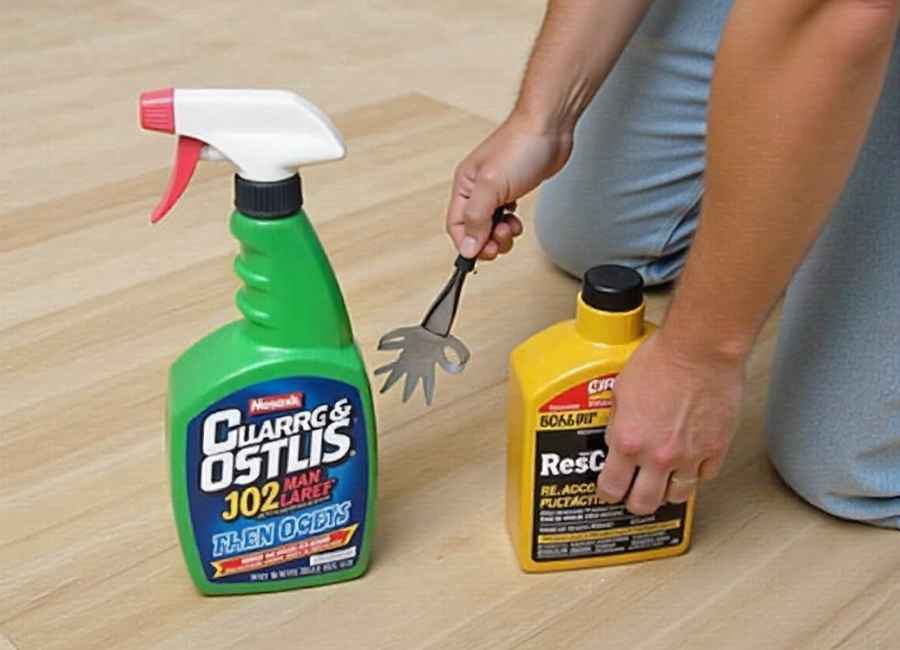
If natural methods don’t do the trick, commercial rust removers with oxalic or phosphoric acid can handle tougher rust. These products turn rust into a compound that rinses off with water.
What you’ll need:
- Commercial rust remover (follow manufacturer’s instructions)
- Protective gloves and eyewear
- Well-ventilated area
- Scrub brush or steel wool
- Water for rinsing
Safety considerations:
- Work in a well-ventilated area
- Wear protective gloves and eyewear.
- Keep away from children and pets.
- Read all label instructions before use.
Commercial rust removers are the quickest option for heavy rust, but you need to use them carefully because they are strong chemicals.
Method 5: Wire Brushing for Mechanical Removal
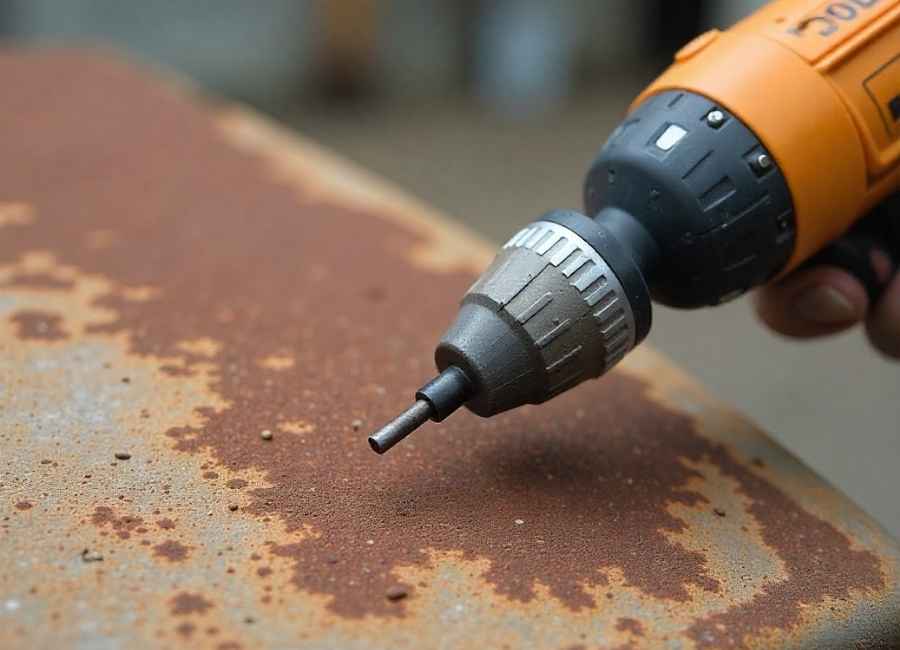
Sometimes, the simplest way is best. Using a wire brush scrapes off rust by hand, which works well for big, heavily rusted items like fences or car parts.
What you’ll need:
- Wire brush (manual or power drill attachment)
- Safety glasses
- Dust mask
- Vacuum or compressed air for cleanup
Steps:
- Put on safety glasses and a dust mask.
- Brush vigorously in the direction of the metal grain.
- Work systematically across the entire rusty surface.
- Clean away debris with a vacuum or compressed air.
- Apply a rust inhibitor or protective coating.
This method takes more effort, but it gets rid of rust completely and leaves the surface ready for paint or a protective coating.
Method 6: Sandpaper and Steel Wool for Precision Work
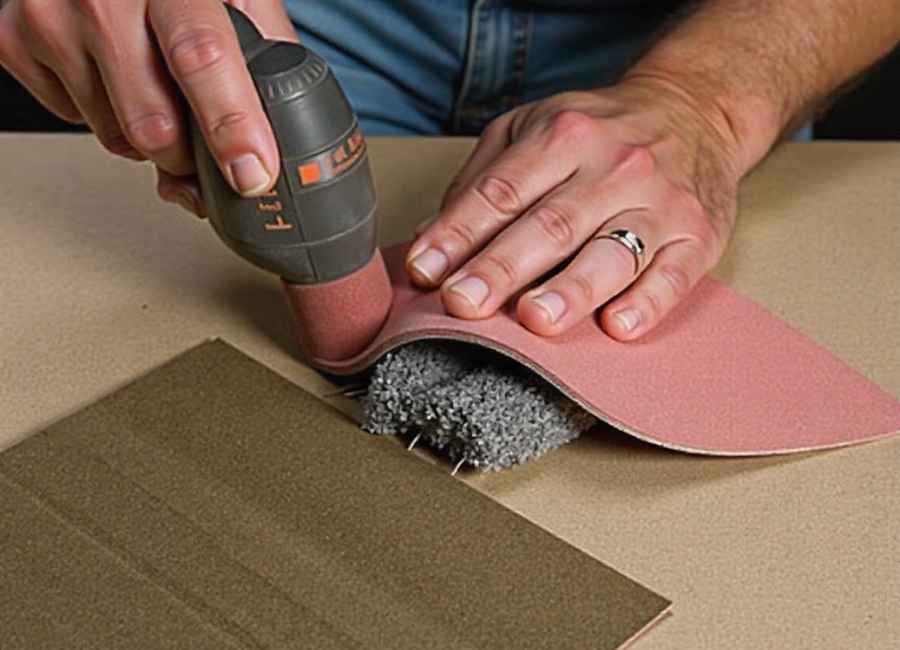
For detailed work or delicate items, sanding by hand with finer sandpaper allows you to control the rust removal process.
What you’ll need:
- Coarse sandpaper (80-120 grit)
- Fine sandpaper (220-400 grit)
- Steel wool (0000 grade for finishing)
- Tack cloth for cleanup
Steps:
- Start with coarse sandpaper to remove heavy rust.
- Progress to finer grits for smooth finishing
- Use steel wool for final polishing.
- Clean the surface with a tack cloth.
- Apply protective coating immediately.
This method works exceptionally well and is great for restoring antiques or doing precise metalwork, especially when you want to keep the original surface texture. tique Restoration
Method 7: Electrolysis for Antique Restoration
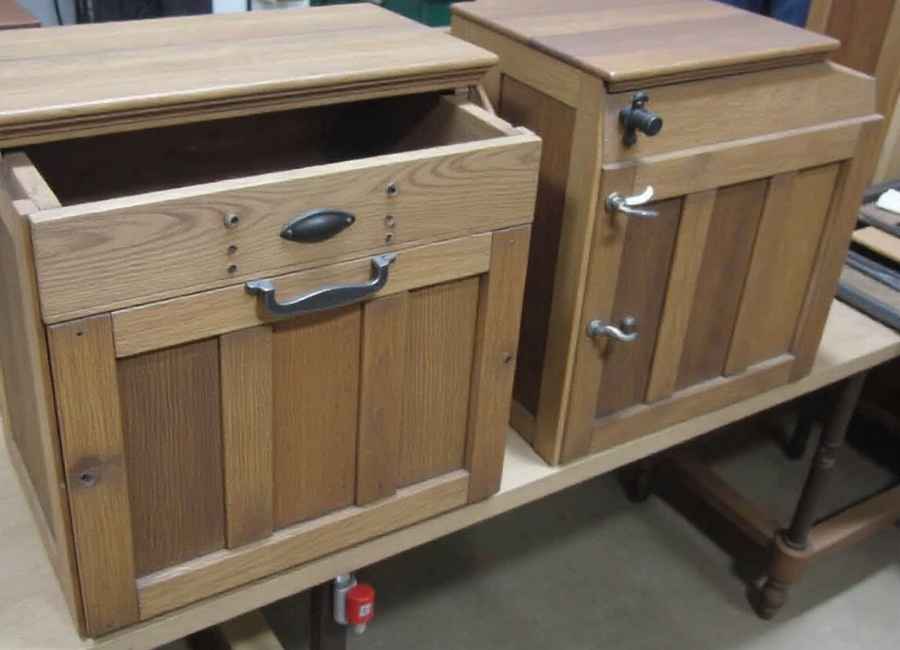
Electrolysis uses electricity to reverse rust, so it’s ideal for valuable antiques or detailed items that could be damaged by other methods.
What you’ll need:
- Plastic container
- Battery charger or power supply
- Washing soda (sodium carbonate)
- Steel rebar or rods for anodes
- Wire for connections
Important note: Electrolysis requires electrical knowledge and safety precautions. Consider professional help for valuable items or if you’re unfamiliar with electrical work.
This advanced method gets rid of rust without any scrubbing, so it keeps the original details and finish intact.
Preventing Future Rust Problems
Removing rust solves the immediate problem. Getting rid of rust fixes the problem for now, but preventing it will keep your metal items looking good for years. Here are some proven tips: use humid environments when possible. Use desiccant packets in toolboxes or storage containers.
Apply protective coatings: Paint, oil, or wax creates a barrier between metal and moisture. Reapply as needed based on exposure conditions.
Regular maintenance: Clean metal items regularly and address any rust spots immediately before they spread.
Control environment: Use dehumidifiers in basements or workshops. Ensure proper ventilation in storage areas.
When to Call Professionals
Some rust problems exceed DIY capabilities. Consider professional help when:
- Rust has compromised the structural integrity.
- Items have significant monetary or sentimental value.
- Safety equipment, like railings or vehicle components, is affected.
- Environmental hazards like lead paint are present.
Professional restoration services have the right tools and know-how for tough jobs. Rust removal doesn’t have to feel overwhelming. Start with the gentlest method that fits your situation. White vinegar or baking soda paste often work better than you’d expect. If the rust is stubborn, try stronger methods, but always put safety first.
Remember that patience often yields better results than aggressive scrubbing. Allow chemical treatments time to work, and you’ll find rust removal becomes much easier.
Long-term success means not only removing rust but also stopping it from coming back. Store your items properly, keep up with maintenance, and use protective coatings. With these steps, you can bring metal items back to life and keep them rust-free for years.







